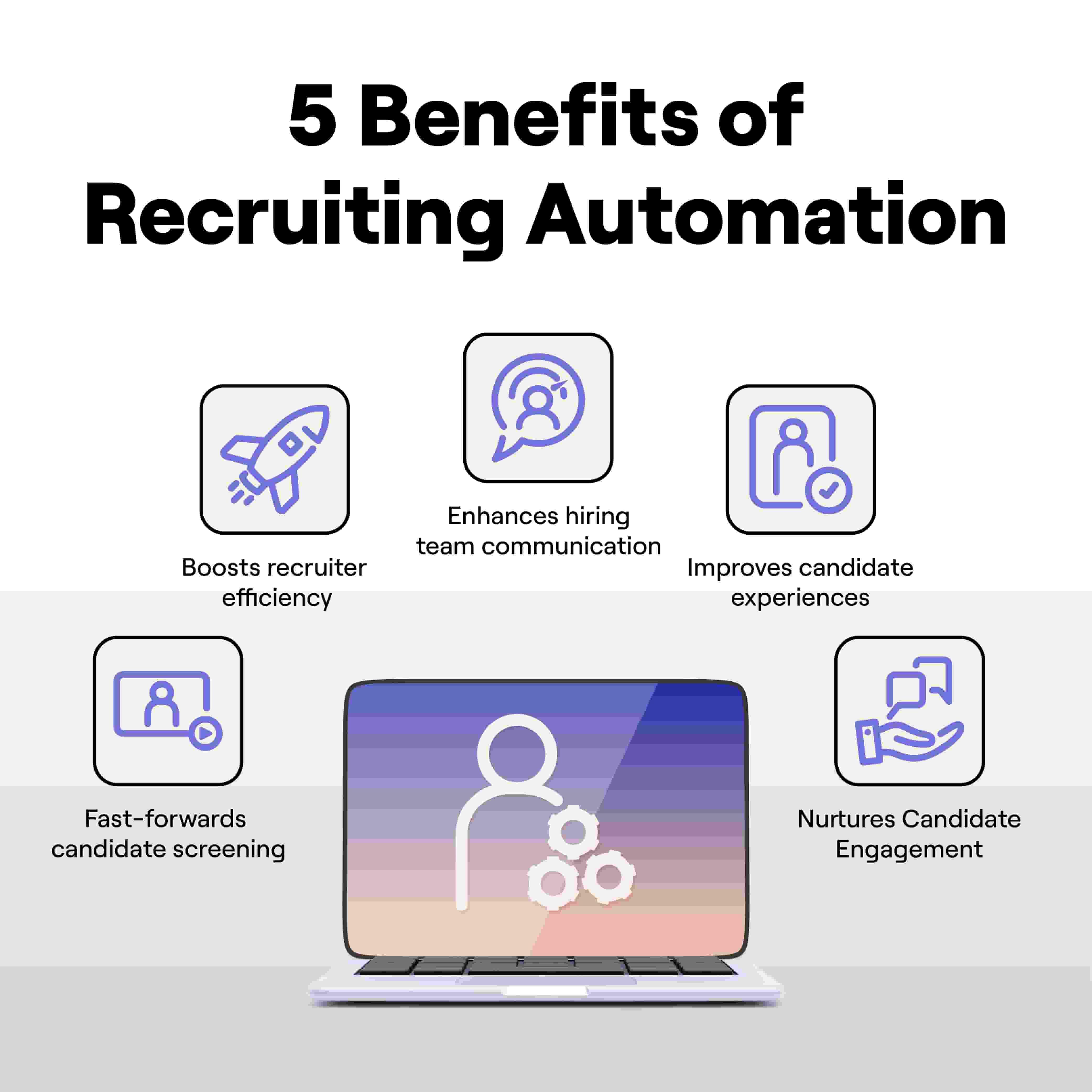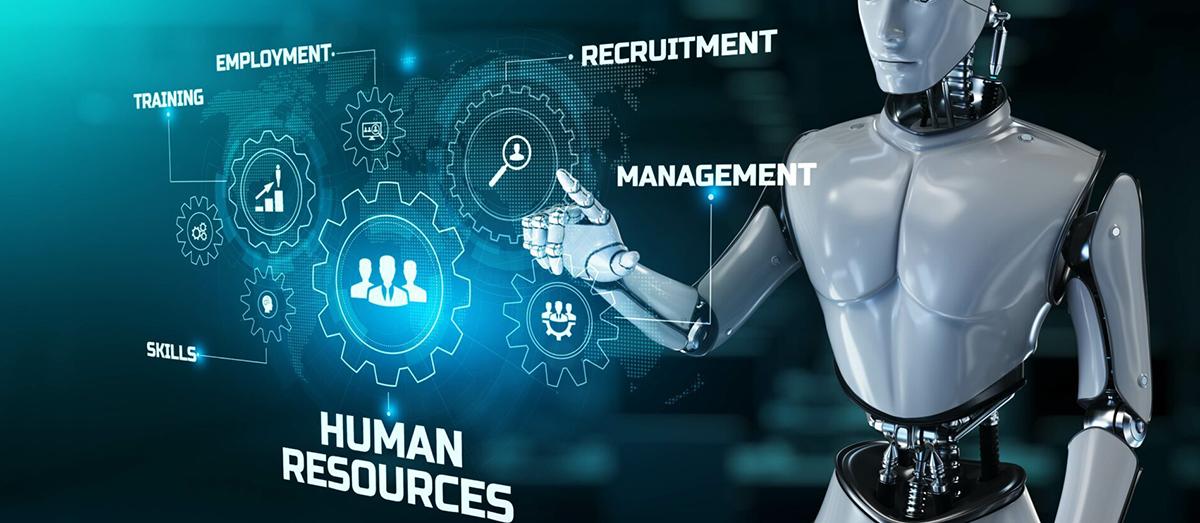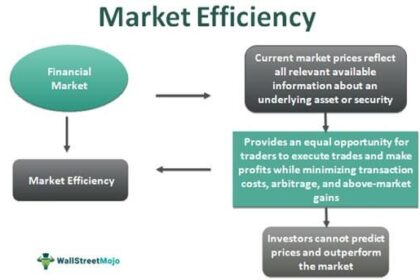In a world where technology shapes nearly every facet of our lives, the realm of Human Resources is undergoing a remarkable transformation. Once synonymous with paperwork and in-person interviews, recruitment is now evolving at a rapid pace, driven by the rise of automation tools. These innovative solutions promise to streamline processes, enhance efficiency, and improve candidate experiences, all while alleviating the administrative burdens that have long plagued HR professionals. As businesses increasingly look to harness the power of automation, the question arises: how will these tools reshape the future of recruitment? Join us as we explore the dynamic intersection of human connection and technological advancement, unveiling the potential of automated recruitment in transforming the way organizations attract and select talent.
Navigating the Shift: Understanding the Role of Automation in Modern Recruitment
The integration of automation tools into recruitment processes marks a significant turning point for human resources. By utilizing technology to handle repetitive tasks, companies can streamline their hiring procedures while enhancing candidate experience. Automation allows recruiters to focus on strategic aspects of their roles, such as engaging with potential hires and assessing their cultural fit within the organization. Key benefits of automation in recruitment include:
- Efficiency: Significantly reduces the time taken to sort through applications.
- Data-Driven Insights: Provides analytical tools to evaluate hiring strategies.
- Improved Candidate Engagement: Automates communication, ensuring timely updates and feedback.
As organizations adapt to these modern tools, understanding the balance between technology and human touch becomes essential. While automated systems can handle many aspects of recruitment, they cannot replicate the nuanced judgment needed in candidate evaluation. To maximize the advantages of automation, HR professionals should focus on leveraging technology to enhance their decision-making process. Consider the following factors when integrating automation tools:
| Factor | Consideration |
|---|---|
| Technology Compatibility | Ensure integration with existing HR systems and tools. |
| Scalability | Choose tools that can grow with your organization. |
| Candidate Experience | Maintain a personal touch in automated communications. |

Enhancing Candidate Experience: How Automation Tools Streamline Engagement
In today’s competitive job market, candidate experience has become a pivotal factor in attracting and retaining top talent. Automation tools play a significant role in this transformation by ensuring that communication with candidates is timely, personalized, and consistent. Utilizing chatbots can provide instant responses to common queries, while automated scheduling systems streamline the interview process, eliminating the back-and-forth typically required for coordinating times. This not only enhances the candidate’s experience but also saves valuable time for HR teams, allowing them to focus on building relationships that matter.
Moreover, the use of applicant tracking systems (ATS) integrated with automation capabilities fosters a seamless flow of information between candidates and recruiters. These systems can automatically send updates about application status, thereby reducing anxiety and uncertainty among candidates. A few key benefits of automation in this context include:
- Personalized Communication: Tailored messaging gives candidates a sense of belonging.
- Consistent Updates: Regular notifications keep candidates informed, reducing dropout rates.
- Efficient Feedback Loops: Quick and constructive feedback enhances the overall experience.
| Automation Tool | Benefit |
|---|---|
| Chatbots | 24/7 candidate engagement |
| Automated Scheduling | Simplified interview coordination |
| ATS | Streamlined application tracking |

Data-Driven Decisions: Leveraging Analytics for Smarter Hiring Strategies
In today’s competitive job market, organizations are increasingly turning to analytics to refine their hiring processes. By harnessing data-driven insights, HR teams can identify patterns and trends that traditional methods often overlook. This transformation enables companies to focus on key metrics that correlate with employee success and retention, making the hiring process not just a search for talent, but a strategic initiative. For instance, utilizing recruitment analytics can help organizations measure the effectiveness of different recruitment channels, create a profile of successful hires based on stable data points, and ultimately tailor their strategies to attract the best candidates.
Implementing analytics in recruitment can also enhance the candidate experience. By analyzing feedback and engagement metrics, HR can streamline the application process and improve communication with potential hires. Moreover, employing predictive analytics allows firms to forecast future hiring needs based on historical data and workforce trends, thus ensuring they are always one step ahead in the talent acquisition race. Consider the following table that outlines the key benefits of using analytics in recruitment:
| Benefit | Description |
|---|---|
| Improved Decision-Making | Data-backed insights inform hiring choices, reducing biases. |
| Enhanced Candidate Quality | Identify traits of successful employees to find better fits. |
| Efficiency Gains | Automate mundane tasks, allowing recruiters to focus on high-value activities. |
| Cost Reduction | Optimize recruitment spending based on data-driven channel performance. |

Empowering HR Teams: Recommendations for Integrating Automation Effectively
To harness the full potential of automation in recruitment, HR teams need to prioritize collaboration and training. First, involve all stakeholders in the automation planning process to ensure the tools selected align with the specific needs of the organization. This inclusive approach not only enhances buy-in but also cultivates a culture of adaptability among team members. Regular training sessions should be implemented, focusing on both the technical skills required for using new tools and the strategic insights needed to interpret the data generated effectively. By investing time in education, teams can shift their focus from administrative tasks to strategic decision-making.
Furthermore, automating recruitment processes does not mean abandoning the human touch. Employers must prioritize customized candidate experiences to maintain strong engagement throughout the hiring journey. Some effective practices include:
- Utilizing chatbots for initial candidate interactions, while ensuring human recruiters follow up with personalized communication.
- Implementing automated scheduling tools that offer flexibility to candidates, making the process smoother.
- Regularly collecting feedback from candidates about their experience with automated systems to identify areas for improvement.
Integrating these practices allows HR teams to create a harmonious balance between technology and human interaction, ultimately delivering a recruitment experience that is efficient, engaging, and effective.
To Wrap It Up
As we stand on the cusp of a new era in recruitment, the integration of automation tools marks a pivotal shift in how organizations approach talent acquisition. The journey towards a more efficient and data-driven HR landscape is not merely a trend; it is a transformation that redefines roles, empowers recruiters, and enhances the candidate experience.
While the rise of automated solutions presents remarkable opportunities—streamlining processes, reducing biases, and freeing up valuable time—it also necessitates a commitment to balancing technology with the human touch that is so vital in recruitment. As we continue to navigate this evolving landscape, it’s essential for HR professionals to embrace these innovations while remaining steadfast in their dedication to fostering meaningful connections.
In this intricate dance between man and machine, the future of recruitment promises to be not just about filling positions, but about cultivating a workforce that aligns with organizational values and drives success. As we look ahead, one thing is clear: the rise of automation in HR is not an end, but rather the beginning of a transformative journey that will forever change the fabric of recruitment. Embrace the change, and together, let’s redefine what it means to find the right fit in an increasingly automated world.



